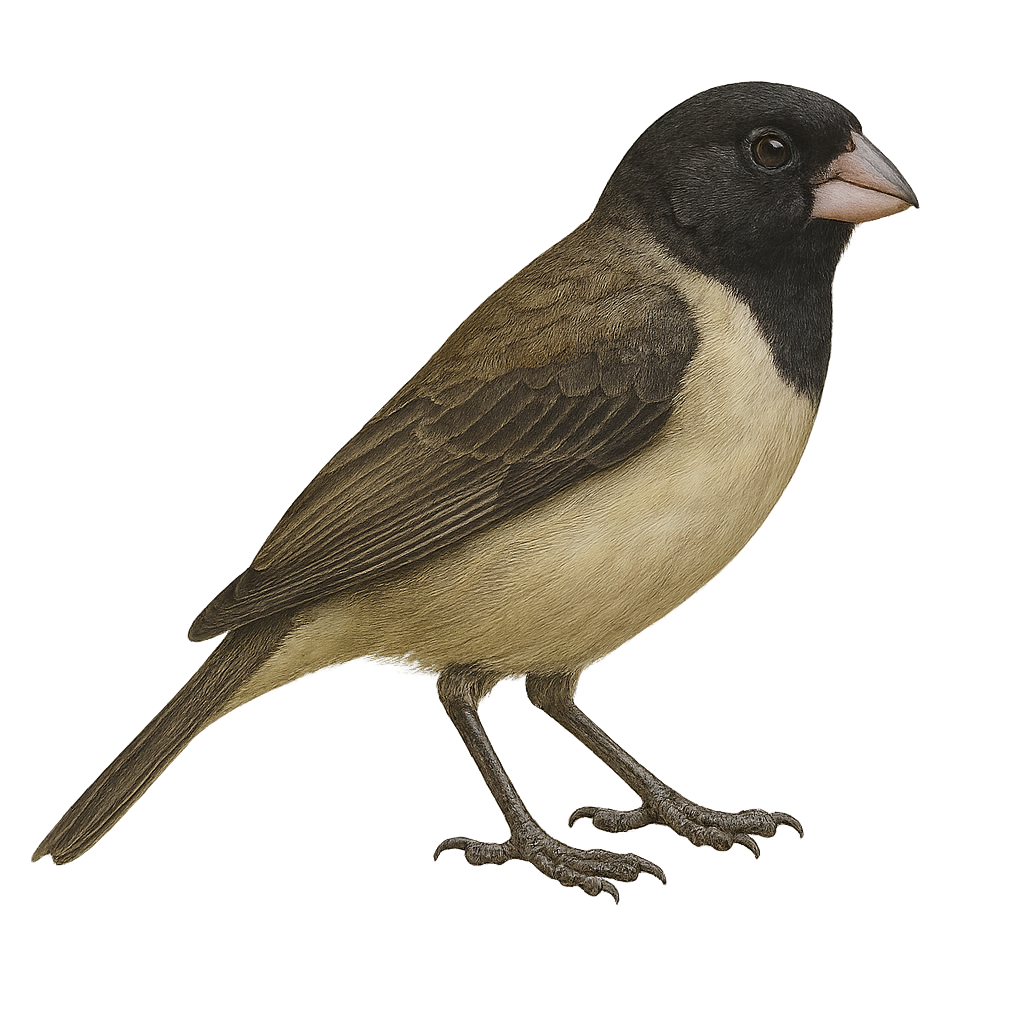Your wildlife photography guide.
Explore the yellow-bellied seedeater in detail, study its behavior, prepare your shots.
Where to observe and photograph the yellow-bellied seedeater in the wild
Learn where and when to spot the yellow-bellied seedeater in the wild, how to identify the species based on distinctive features, and what natural environments it inhabits. The WildlifePhotographer app offers tailored photography tips that reflect the yellow-bellied seedeater’s behavior, helping you capture better wildlife images. Explore the full species profile for key information including description, habitat, active periods, and approach techniques.
Yellow-bellied Seedeater
Scientific name: Sporophila nigricollis

IUCN Status: Least Concern
Family: THRAUPIDAE
Group: Birds
Sensitivity to human approach: Suspicious
Minimum approach distance: 5 m
Courtship display: November to December
Incubation: 11-13 jours
Hatchings: November to January
Habitat:
Grasslands, cultivated fields, forest edges
Activity period :
Primarily active during the day, with peak activity in the morning and late afternoon.
Identification and description:
The Yellow-bellied Seedeater is a small passerine bird belonging to the Thraupidae family. It is primarily found in Central and South America, inhabiting open areas such as grasslands, cultivated fields, and forest edges. This bird is notable for its contrasting plumage: the male has a brown back, bright yellow belly, and distinctive black throat, while the female displays duller tones. The Yellow-bellied Seedeater is granivorous, mainly feeding on seeds, but it can also consume small insects. Its song is melodious and varied, making it easily identifiable. Although often solitary, it can form small groups outside the breeding season.
Recommended lens:
400 mm – adjust based on distance, desired framing (portrait or habitat), and approach conditions.
Photography tips:
To photograph the Yellow-bellied Seedeater, it is recommended to use a 400mm lens or longer to capture detailed images without disturbing the bird. Look for it in grasslands and cultivated fields, where it is often active during the day. Be patient and discreet to get natural shots. Prefer early morning or late afternoon hours to benefit from soft light and avoid harsh shadows.
The WildlifePhotographer App is coming soon!
Be the first to explore the best nature spots, track rutting seasons, log your observations, and observe more wildlife.
Already 1 431 wildlife lovers subscribed worldwide

